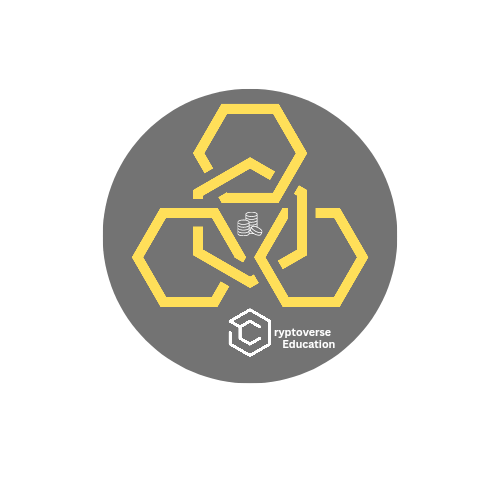Overview
Blockchain technology has been making waves in recent years, hailed by many as a game-changer in a variety of industries. However, despite its increasing popularity, many people still lack a basic understanding of what blockchain is and how it functions. This can be daunting, especially when trying to navigate the ever-evolving world of technology. That’s why we’re here to help.
In this educational guide, we’ll break down the fundamentals of blockchain, explaining how it works and how it differs from traditional technologies. Our goal is not only to give you a solid grasp on the basics of blockchain, but also to help you see how you can use this powerful technology in your own life and business. By the end of this guide, you will have a better understanding of blockchain and be equipped with the knowledge to make informed decisions about how to use it.
Ok, Now give me the Cryptonoobs explantion..
Blockchain technology is a digital ledger system that is composed of blocks, which store data and information, and chains, which link these blocks together chronologically. In blockchain, transactions are grouped into blocks and linked together in a chain, creating a digital ledger that is maintained and secured by a network of computers.
The most popular application of blockchain technology is in the form of Bitcoin, a decentralized cryptocurrency that allows for secure and transparent digital transactions. However, blockchain technology has the potential to revolutionize many other industries beyond just digital currencies, through creating decentralized platforms, smart contracts, traceability, and more.
A typical transaction on a blockchain would look like, for example: “Ava transferred 10 BTC to James” . A single block can store multiple transactions, the capacity depends on the individual blockchain, but newer ones can usually store more transactions than older iterations. The “chain” part refers to the chronological ordering of these blocks.
In summary, Blockchain is a powerful technology that enables secure and transparent digital transactions, and has potential applications in various industries beyond just digital currencies. As it allows for decentralized platforms, traceability and smart contracts. It is an efficient way to store and track data and transactions, and will likely play a major role in shaping the future of technology.
How does it work?
In order to understand how blockchains work, it’s important to know that data is stored by inputting it into blocks, which requires a certain amount of work to be done. There are two main ways this work is done: “Proof-of-Work” and “Proof-of-Stake”. “Proof-of-Work” is the most commonly used method, in which a network of computers, called “nodes”, work together to solve complex mathematical problems in order to confirm and approve transactions before they are added to a block in the chain. These nodes are called “miners” and they are responsible for making sure that the transactions on the network are valid. Miners are rewarded with cryptocurrency for their work.
It’s also important to understand the concept of decentralization when it comes to understanding who these miners are. In a decentralized system, power is distributed among the network rather than being held by a central authority. This means that anyone can become a miner by participating in the network and contributing their computational power to confirm transactions. In simple terms, the blockchain network is maintained by a group of users who are incentivized through rewards to confirm transactions on the network, that way keeping it secure and transparent.
Decentralization TLDR please
Blockchains, the underlying technology behind cryptocurrencies, is characterized by its distributed and decentralized nature. This means that it operates without a central authority or governing body. Instead, the network is maintained and secured by a network of participants. One important aspect of this is the prevention of fraudulent activities.
To understand how blockchains ensure security, it is crucial to know that all transactions on the blockchain are encoded using complex mathematical algorithms. This ensures the anonymity of the participants in the network and makes it difficult for bad actors to corrupt the system.
Another key feature of blockchains is the concept of the “chain.” This refers to the chronological ordering of transactions, which once recorded, cannot be altered or tampered with. Think of it as a digital ledger, where past transactions are recorded and time-stamped, and serve as a reliable source of information.
An analogy that can be used to help understand this concept is a library’s catalog system. Once a book is catalogued and recorded, the information cannot be altered, ensuring the authenticity and integrity of the catalog. Similarly, blockchains secure the integrity of the transactions recorded on the network.
In conclusion, the decentralization, encryption, and chronological ordering of transactions are the key features that make blockchains a secure and reliable technology for conducting digital transactions, specifically with cryptocurrency. Understanding these elements can help investors make more informed decisions and have a deeper understanding of how blockchain technology works.
“Are you ready to unlock the potential of the blockchain market and take control of your financial future? Look no further. Join the Cryptoverse community now by clicking the link below and gain access to our comprehensive education and expert guidance that will equip you with the knowledge and tools needed to make informed investment decisions. Don’t miss out on this opportunity to be a part of the blockchain revolution and take the first step towards financial freedom. Click now!



